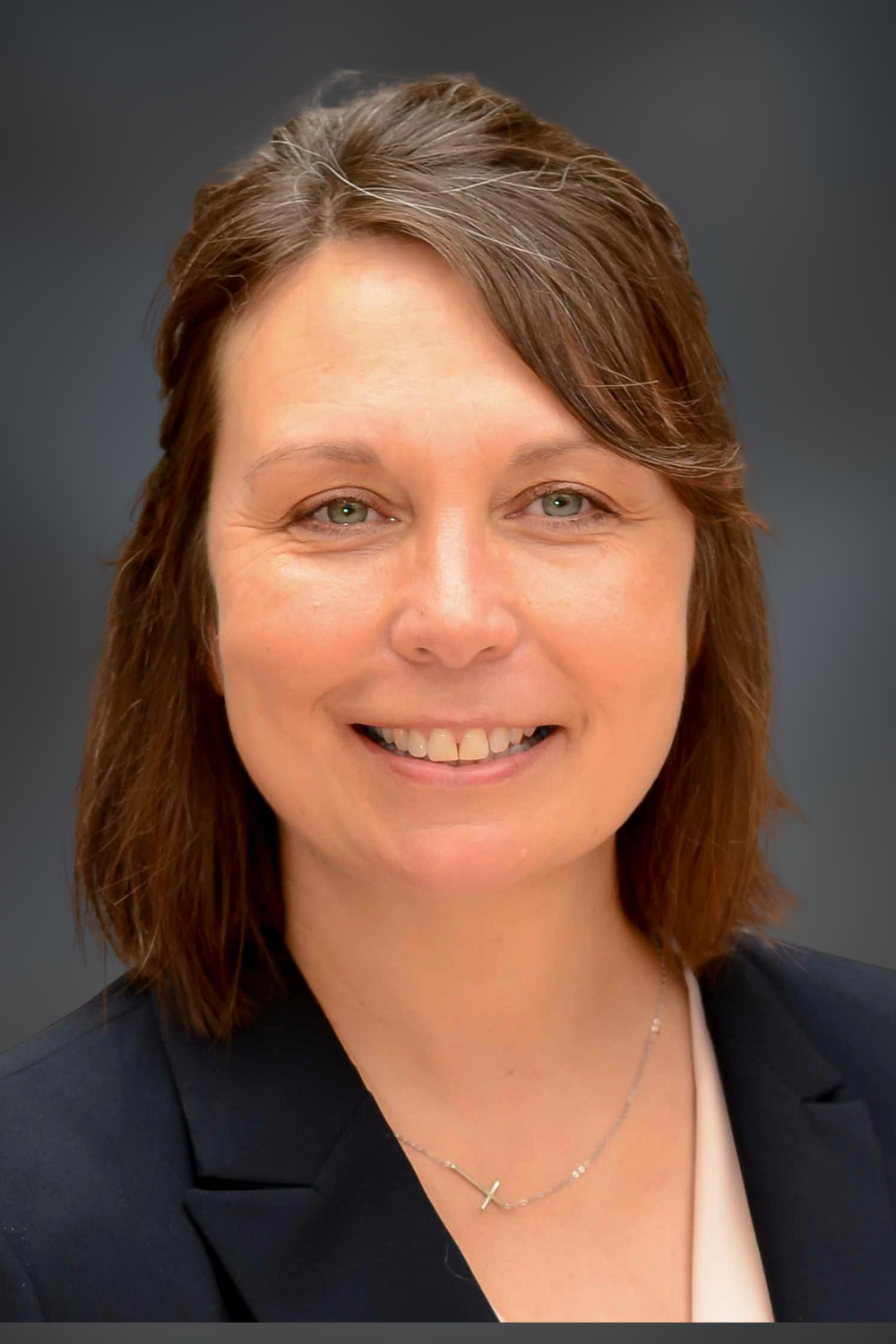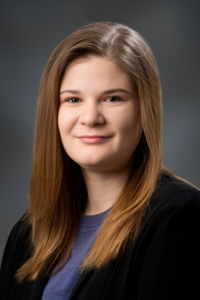LPS Science Curriculum
The Vision of LPS Science
We empower students to be active agents in their own learning by fostering a safe and supportive environment where they can explore science, ask questions, and share their ideas. This equips them with the critical thinking skills and knowledge to engage with scientific issues, analyze data, and contribute to the world as informed citizens.
Overview
The Lincoln Public Schools science program will work towards this vision by helping all students develop an understanding of natural phenomena and how humans utilize and impact the world. The curriculum is based on the Nebraska State Science Standards and the Framework for K-12 Science Education. The program values the sensemaking of real-world natural phenomena by students’ use of Science and Engineering Practices (Asking Questions, Analyzing and Interpreting Data, Arguing from Evidence), Crosscutting Concepts (Patterns, Cause and Effect, Structure and Function), and Disciplinary Core Ideas. Through investigations, students make sense of and apply new knowledge and skills to their own lives and the local and global problems that science can help solve.
Elementary
Students in kindergarten through fifth grade begin to develop an understanding of the four disciplinary core ideas: physical sciences; life sciences; earth and space sciences; and engineering, technology, and applications of science. In the earlier grades, students begin by recognizing patterns and formulating answers to questions about the world around them. By the end of fifth grade, students are able to gather, describe, and use information about the natural and designed world(s). The standards in elementary school grade bands develop ideas and skills that will allow students to explain more complex phenomena in the four disciplines as they progress to middle school and high school.
Middle School
Students in middle school continue to develop their understanding of the four disciplinary core ideas: physical sciences; life sciences; earth and space sciences; and engineering, technology, and applications of sciences. The middle school standards in the Physical Sciences build on the K – 5 ideas and capabilities to allow learners to explain phenomena central to the four disciplinary core areas. The standards blend the core ideas with science and engineering practices and crosscutting concepts to support students in developing usable knowledge to explain real world phenomena in the physical, biological, and earth and space sciences.
High School
Students in high school continue to develop and refine their understanding of the four disciplinary core ideas: physical sciences; life sciences; earth and space sciences; and engineering, technology, and applications of science. These ideas include the most fundamental concepts from chemistry, physics, biology, and geoscience, but are intended to leave room for expanded study in upper-level high school courses. The high school standards and curriculum build on the middle school ideas and skills and allow high school students to explain more in-depth phenomena central to the physical sciences, life, and earth and space sciences as well. Standards and curriculum blend the disciplinary core ideas with science and engineering practices and crosscutting concepts to support students in developing usable knowledge to explain ideas across the science disciplines. Environmental issues, daily applications, and connections to other fields are integrated. Core courses include geoscience, physical science, biology, chemistry, and physics. Electives vary from school to school and may include anatomy/physiology, environmental studies, forensic science, and zoology. According to LPS Board Policy 6222, beginning with the graduating class of 2015, the LPS graduation requirement is 30 credit hours of science, including 5 hours of earth, physical (physics and chemistry) and life science.



Collaborative Opportunities

Lincoln STEM Ecosystem – Working to connect in and out of school STEM rich learning environments in Lincoln since 2019! Follow along or get involved in this voluntary experience.
Featured Events
Science and Engineering Fair — Our 2026 Science and Engineering Fair will occur on March 5th, 2026.
2026 Saturday Science – Starts February 7
2026 Science and Engineering Fair- March 5
